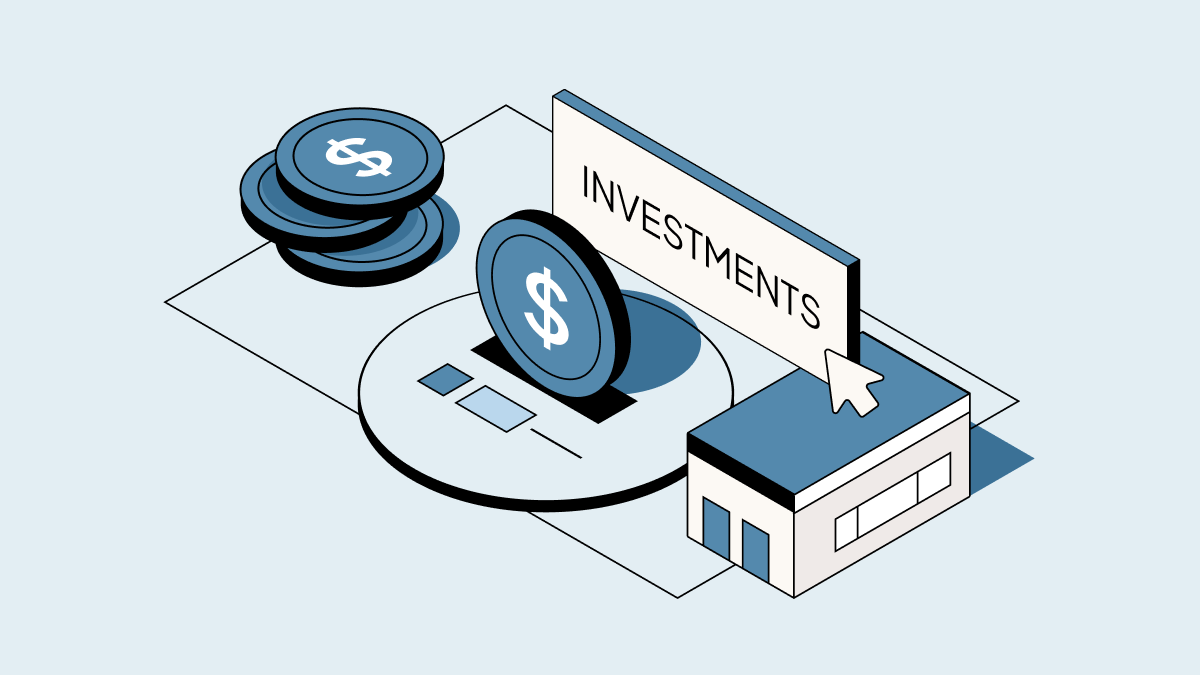In the traditional venture capital relationship, the divide between limited partners and general partners is clear. The LPs invest their capital into a fund that’s managed by the GP. The GP then redistributes that capital through a range of startup investments.
The LP supplies the money. The GP decides where the money will go.
In recent years, however, investors on both sides of that relationship say they have seen a shift. Many LPs have grown more eager to invest directly in companies themselves, either through a co-investment alongside a traditional VC fund or through a separate direct investment. Especially for emerging VC fund managers, offering these sorts of opportunities has become a key part of wooing potential LPs.
“It’s table stakes at this point,” says David Zhou, head of investor relations at Alchemist Accelerator.
Why LPs want direct investments
For an LP, the biggest appeal of getting your name on a company’s cap table is the potential for greater returns. Investing directly in a company often allows an LP to take a larger stake in a company than it otherwise would, thus giving it a larger share of any future profits. Investing directly can also eliminate or reduce the fees an LP pays to a VC fund.
During the decade-long bull market of the 2010s, LPs saw the incredible windfall that some VC funds were able to produce. They wanted to replicate it for themselves.
“We saw the huge, rocket-ship success of some of these big tech growth names,” says Tobey Wood, an early-stage investor and management consultant who works with both LPs and VC funds. “I think people had FOMO.”
The potential for greater returns, however, also comes with greater risks. Part of the reason LPs traditionally invest through VC funds is to limit their exposure to any one company. If a direct investment goes poorly, it could have a significant impact on an LP’s bottom line.
“For somebody who hasn’t been in venture before or an LP who’s only had a passive stake, it’s a very different feeling,” Wood says of investing directly in startups. “Because it’s a fundamentally different risk profile.”
Types of direct investments
LP investments into startups can take different forms. In a co-investment, an LP invests alongside a GP with whom they have an existing relationship. The GP identifies an attractive opportunity, presents it to the LP—often with deal terms already negotiated—and the LP decides whether to participate.
In other instances, an LP invests directly into a startup without a friendly GP also participating. Marcos Fernandez, managing partner at early-stage fintech investor Fiat Ventures, says there are several reasons why an LP might pursue a deal on its own. Perhaps the check size wasn’t right for the VC fund. Perhaps the LP has a clear strategic overlap. Perhaps the GP thought it was an attractive deal but had reached its capacity on new investments, so it passed on the opportunity to an LP instead.
One way Fiat tries to attract LPs is by offering them access to a software tool where the firm catalogs every one of its potential deal opportunities. This allows those LPs to keep close tabs on what Fiat is doing with their dollars. But it also allows those LPs to consider other investments, too.
“Not only will we show you the best deals we’re doing,” Fernandez says. “But also, here’s our pipeline.”
What’s next for direct investments
The market for direct investments and co-investments has not been immune from the broader slowdown in the venture market. Declining valuations and portfolio writedowns have caused some LPs to reassess the efficacy of investing in startups on their own.
“We’ve actually seen LPs scale back their direct access interest,” Fernandez says. “In a frothier market, everyone thinks they can get a lot of exposure. A lot of LPs now are like, listen, we trust our fund managers to invest in the right things.”
But others say that the market seems to have shifted for good, at least in some ways. A lower-valuation environment may be a positive for some LPs, allowing them to invest at more attractive deal terms.
And even if some LPs have reduced their demand for direct investment and co-investment, their experience of dealing directly has increased their desire for information about their investments and potential investments. The days of the LP as a completely passive presence in VC may be fading.
“There’s some LPs that just want to write a check and be done. But I’d say there’s a lot more these days that want to be participatory,” says Steve Elefant, a managing director at early-stage firm Soaring Ventures who also invests as an LP in other early-stage funds. “They want to know what’s going on, they want to co-invest, they want to work with the team—which is great.”
Venture capital is a risky business model with a wide range of outcomes. Most startups fail. Some go on to be worth billions of dollars. Pinpointing the winners and losers many years in advance is a difficult proposition with very high stakes.
But that’s how the game works for VC fund managers—and for any LPs who decide that they want to play, too.
“We’ll see people jump in the direct investment pool who get burned,” Wood says. “But I think we’ll also see people who do it and propel themselves to even more exponential returns.”

